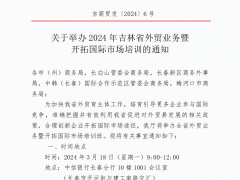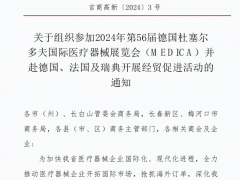"The way Li-Fi works is really simple," said Harald Burchardt, network operations officer at Purel-Fi. "We use LED lights to transmit wireless signals, which is similar to Wi-Fi, but we use LED lights and other lighting media to complete wireless data communication." In fact, the technology began to be studied as early as 2003, and that year, LED light sources began to hit the lighting market, so LiFi professor Harold Hass decided to combine data transmission and lighting, and eventually he found a way to use lighting devices to build high-speed networks without interfering with existing radio frequency infrastructure.

The product on display at Purel-Fi is a USB stick shaped adapter with a device for receiving light signals and infrared lenses, while above the booth is a Li-Fi compatible LED light and transmitter. In the display, the transmission rate of LiFi reached 40Mbps, and the stability was strong under the condition of direct light, and there would be a drop at the edge of the light irradiation, and the light would be diffused, so it could also be connected by walking around.
The advantage of LiFi: Harald Burchardt points out that "in Li-Fi, the total capacity of the data is increased, and light cannot pass through the walls, so the network we create is more secure than Wi-Fi."
Harald Burchardt also said that when the technology is mature, the size of these products can be reduced a bit, and they can be built into integrated circuit modules. It is then used on electronic products such as smartphones, tablets and smart wearable devices. He also said that it will take 10 to 15 years to apply this technology to every LED or lighting device, and they are also reducing the time.
 Customer service hotline:
Customer service hotline:



